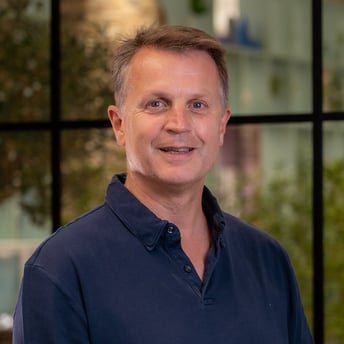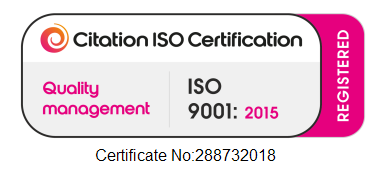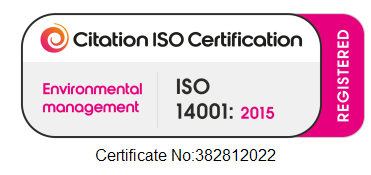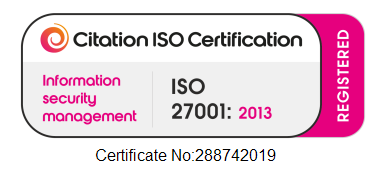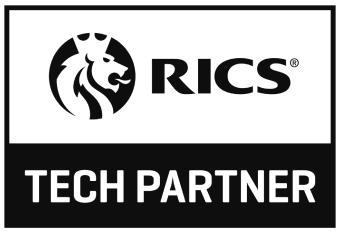
The Power of 3D Modelling in BIDs: A Q&A With Gordon Ingram
As someone deeply entrenched in the world of 3D city models and smart city solutions, we sat down with Gordon Ingram, Founding Director & Chairman, Senior Partner at GIA Surveyors and Director of VU.CITY to find out what he thought about the approach the Fleet Street Quarter BID took.
Q: What are your initial thoughts about the Fleet Street Quarter BID, and the way they've chosen to share this vision and proposal?
The Fleet Street Quarter BID has astutely recognised that the digital landscape is the frontier of effective vision illustration. By investing in technology that optimises the presentation of their proposals, the BID ensures that residents, businesses, and potential investors witness a promising future under dynamic leadership. The utilisation of 3D modelling not only enhances the visual appeal of their vision but also provides a comprehensive and accessible representation of their proposed changes.
Q: With a broader insight into the industry - what do you think it was that may have led the Fleet Street Quarter to using 3D modelling to help convey this vision?
A: In regards to their decision to use 3D modelling, my response is clear: we demonstrate the art of the possible. The interactive smart city platform, VU.CITY, not only serves as a technology provider but also as a content creator. Further to this, establishing a strong relationship with the Fleet Street Quarter BID has been crucial in showcasing the potential of 3D modelling as a tool for effective communication and collaboration.
Q: What do you think the role of technology plays in fostering collaboration between the teams running these projects, stakeholders and the wider public?
The role of 3D modelling in fostering collaboration among project teams, stakeholders, and the wider public cannot be overstated. As the VU.CITY platform evolves to become the single source of truth for those proposing changes, local authorities, city municipalities, and communities, greater interoperability and interactivity are anticipated. This, in turn, will facilitate enhanced communication and collaboration among stakeholders, essential for successful urban development projects.
Q: Do you see any further opportunities for innovation, or new approaches that can be taken with 3D modelling and BIDs in the future?
Looking ahead, the possibilities for innovation in 3D modelling and BIDs are vast. Understanding the unique nature and immediate commercial aims of each BID is crucial to effectively utilise this technology. While all BIDs aim to enhance the commercial operation of their respective locations, demonstrating how 3D modelling can best communicate their visions remains a common challenge. The introduction of an LOD350 model could serve as a starting point, ensuring a detailed and comprehensive representation of proposed changes.
Q: Could you provide any additional insights into the Fleet Street Quarter BID, or the use of 3D modelling in communicating a project vision for other BIDs going forward?
We should examine the rationale behind the existence of Business Improvement Districts (BIDs) and consider the broader perspective. Taking London as an example, there are 73 BIDs of various sizes, with 65 located in the city centre. While each BID serves specific purposes, their collective efforts contribute to the advancement of the entire city.
If VU.CITY can serve as the comprehensive 'single source of truth' for all London boroughs, benefitting both citizens and stakeholders shaping its future, the VU.CITY platform can enhance communication and collaboration at both local and citywide levels. By leveraging AI and presenting the future in an engaging manner, this platform can facilitate faster and more informed decision-making for the betterment of everyone living, working, and enjoying recreational activities within London's environment.
Related Content
VU.CITY becomes a Certified B Corporation
LONDON, March 26, 2025 — VU.CITY has today announced its certification as a B Corporation (or B
Overcoming Communication Barriers in Planning with 3D Flythroughs
The Planning Communication Challenge Navigating the planning process can be a minefield of
Join the Community
Updates, business insights, webinars and more.
Google Privacy Policy and Terms of Service apply.



